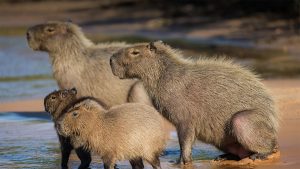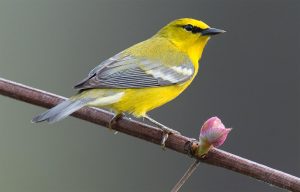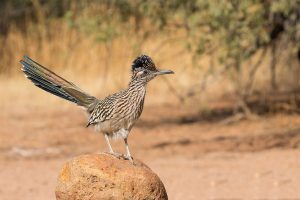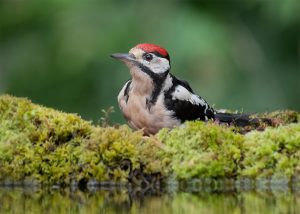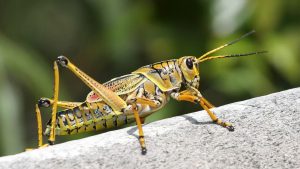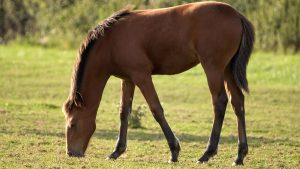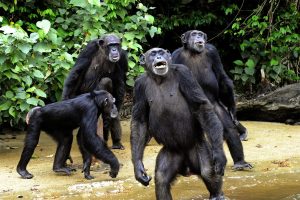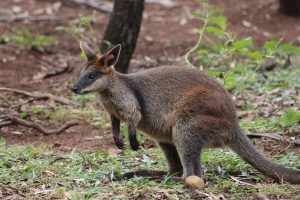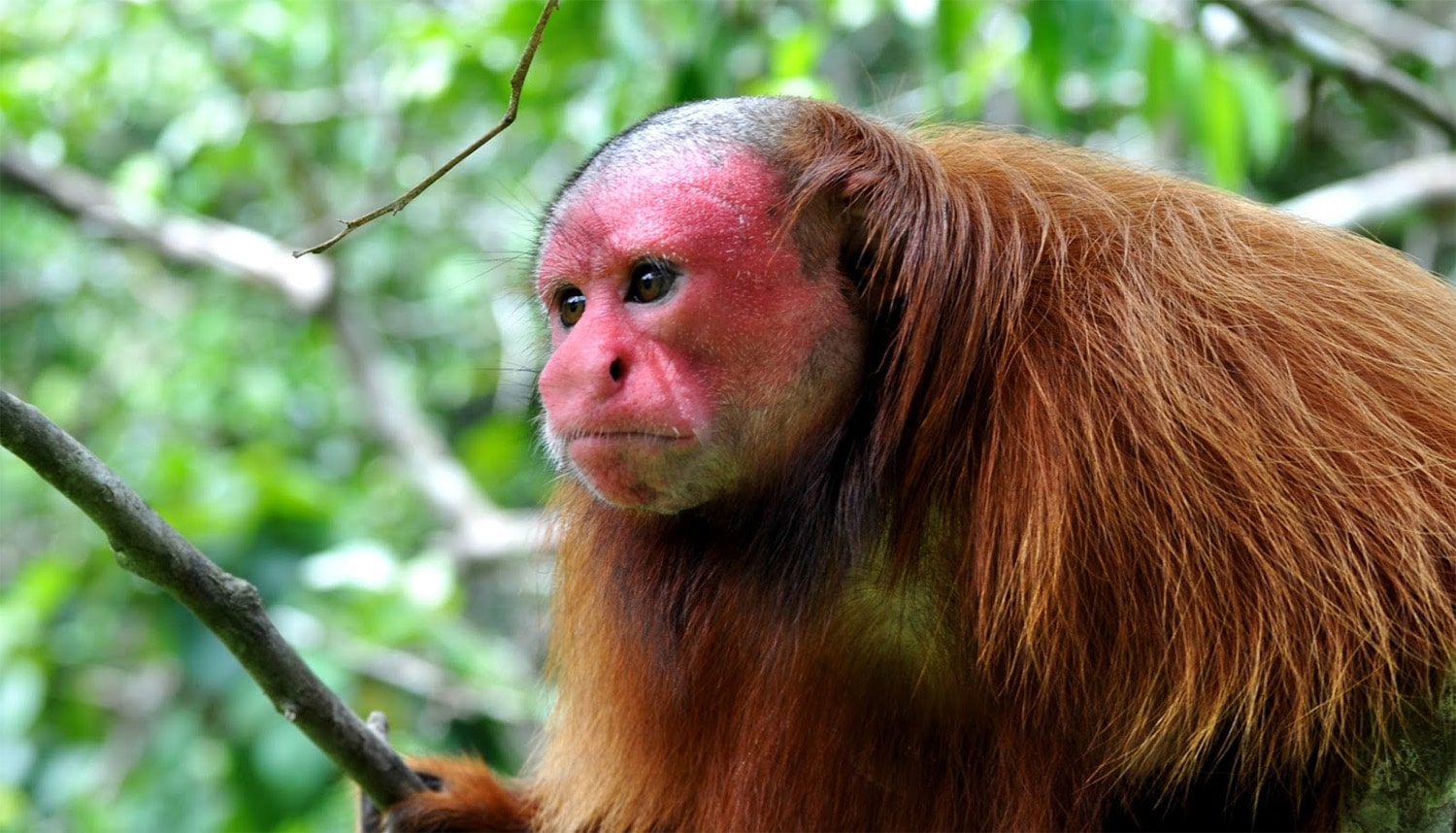
34 interesting facts about uakaris
- 👁️ 1068
Uakaris are among the most unusual and captivating primates found in the Amazon rainforest. Characterized by their bald heads and bright red faces, these creatures are a vivid example of nature’s eccentricities. Uakaris have sparked curiosity and interest due to their distinctive appearance and unique behaviors. Residing primarily in the swampy forests of the Amazon, their adaptation to this environment offers insights into evolutionary biology. Conservation efforts are crucial as they face threats from habitat destruction and illegal trade.
- Uakaris are part of the Cacajao genus and are found exclusively in the Amazon Basin.
- There are four recognized species of uakari.
- They have distinctive bald heads and their faces range in color from pink to bright red.
- Uakaris’ red facial coloration is thought to be an indicator of health, helping individuals to choose mates.
- They have a very short tail, which is unusual among New World monkeys.
- Uakaris live in large social groups that can include up to 100 individuals.
- Their diet primarily consists of fruits, but they also eat insects, leaves, and small animals.
- The red-faced uakari is particularly noted for its crimson face, which becomes more pronounced with excitement or agitation.
- Uakaris are excellent swimmers and will often cross bodies of water in their forest habitat.
- These monkeys have a gestation period of about six months.
- Uakaris are highly arboreal and spend most of their time in the trees.
- They have powerful jaws, which are an adaptation for cracking hard-shelled fruits and nuts.
- Uakari populations are considered vulnerable due to deforestation and the illegal pet trade.
- They play a critical role in their ecosystem as seed dispersers.
- Uakaris are one of the few monkey species with a very short tail, measuring about 15 cm.
- Their lifespan in the wild is roughly 15 to 20 years.
- Seasonal flooding of their habitats leads to variations in their diet throughout the year.
- Uakaris are often found in flooded or swampy areas of the rainforest.
- Their fur can range from white to all shades of brown and even orange.
- Social hierarchy within uakari groups influences feeding and mating behavior.
- Juvenile uakaris stay with their mothers until they are completely independent.
- They communicate through a series of vocalizations, facial expressions, and body postures.
- Uakaris are diurnal, active during the day and resting at night.
- The main predators of uakaris are large birds of prey and some large mammals.
- Researchers use the unique coloration of uakaris to study primate health and social structures.
- Uakaris can jump considerable distances between trees, thanks to their strong limbs.
- They are considered a key indicator species for the health of their environment.
- Cultural beliefs and myths about uakaris abound in the local communities where they are found.
- Habitat loss is the most significant threat to their survival, closely followed by hunting for bushmeat.
- Uakaris are sometimes found in remote, inaccessible areas, which helps protect some populations from human threats.
- They have a very specialized diet that makes them vulnerable to changes in their habitat.
- The largest threats to their survival include climate change and human encroachment.
- Conservation programs are in place to help protect their natural habitats.
- Uakaris are occasionally involved in zoological exchanges to promote breeding programs for endangered species.
Uakaris remain one of the Amazon’s most mysterious inhabitants, with their striking appearance and complex behaviors drawing both scientific and public interest. Their survival is tightly linked to the health of the Amazon rainforest, making them emblematic of the broader environmental challenges facing this vital biome. The continued focus on conservation and habitat preservation is essential to ensure that uakaris continue to thrive and fascinate future generations.


